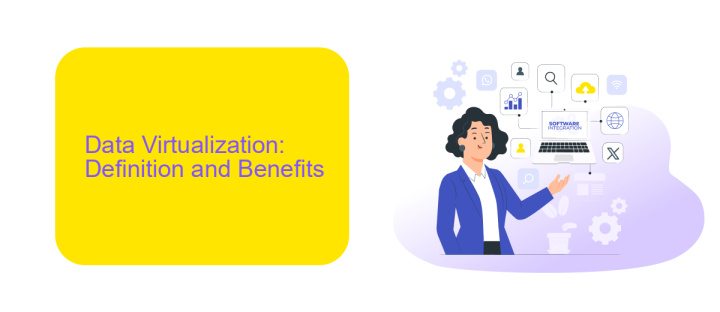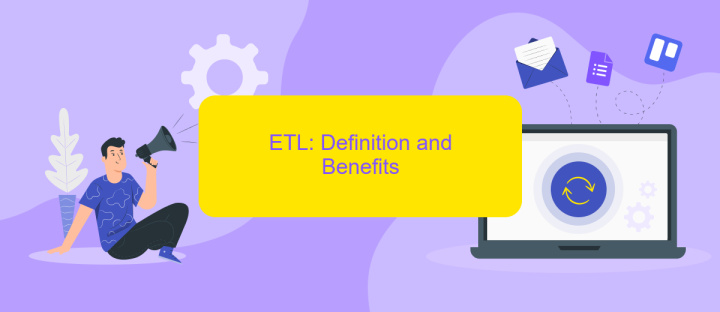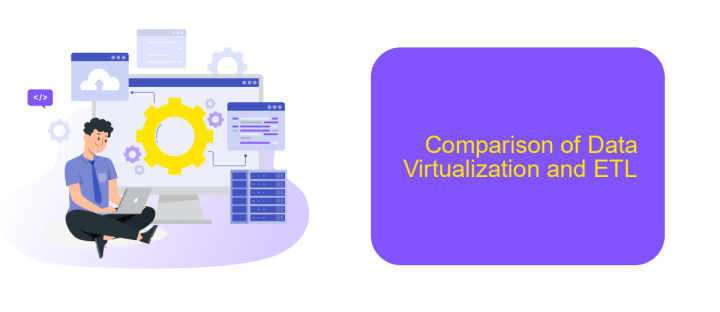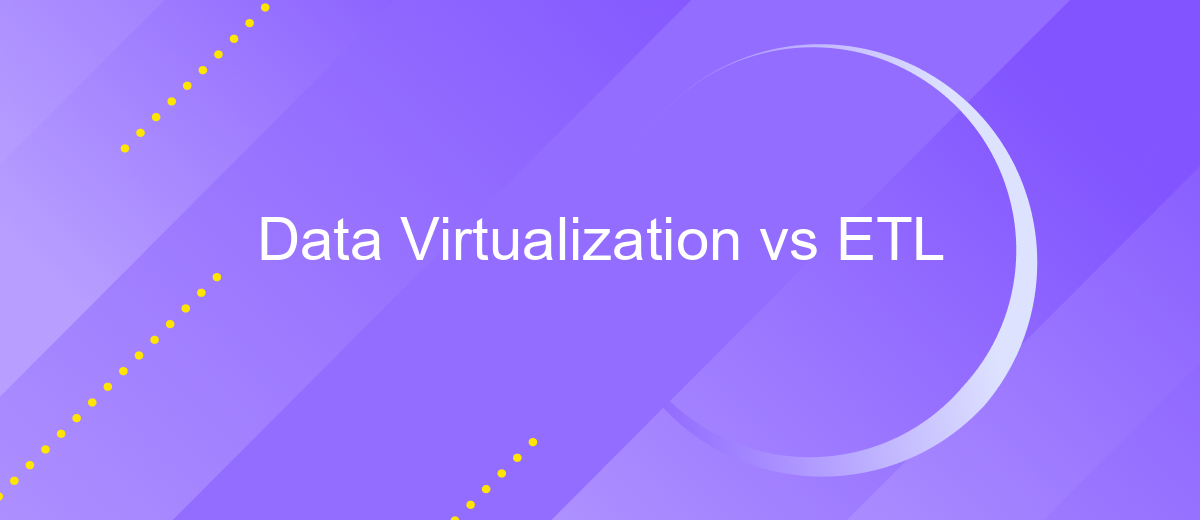Data Virtualization vs ETL
In today's data-driven world, organizations are constantly seeking efficient ways to manage and utilize their data. Two popular methods that have emerged are Data Virtualization and Extract, Transform, Load (ETL). While both aim to streamline data access and integration, they differ significantly in their approaches and use cases. This article explores the key differences and benefits of Data Virtualization versus ETL.
Introduction
In the modern data-driven landscape, businesses are continually seeking efficient ways to manage and utilize their data. Two primary methods for achieving this are Data Virtualization and Extract, Transform, Load (ETL). Both approaches have their unique strengths and weaknesses, and understanding these can help organizations make informed decisions about their data management strategies.
- Data Virtualization: Provides real-time access to data without the need for physical data movement.
- ETL: Involves extracting data from various sources, transforming it into a suitable format, and loading it into a data warehouse.
- ApiX-Drive: A service that facilitates seamless integration and automation of data processes, enhancing both Data Virtualization and ETL workflows.
Choosing between Data Virtualization and ETL depends on various factors such as the specific use case, data volume, and real-time requirements. By leveraging tools like ApiX-Drive, businesses can streamline their integration processes, making it easier to implement and manage either approach effectively. This article delves deeper into the pros and cons of each method to help you determine the best fit for your organization.
Data Virtualization: Definition and Benefits

Data virtualization is a technology that allows users to access and manipulate data without needing to know where it is physically stored. By creating a virtual data layer, it integrates data from various sources, providing a unified view that can be easily queried. This approach eliminates the need for traditional data warehousing, reducing the time and cost associated with data integration.
The benefits of data virtualization are numerous. It provides real-time access to data, enabling faster decision-making. Additionally, it enhances data governance and security by centralizing access control. Tools like ApiX-Drive make it easier to set up and manage these integrations, offering a seamless connection between disparate data sources. This not only simplifies the data management process but also ensures that the data remains up-to-date and accurate, thus improving overall business efficiency.
ETL: Definition and Benefits

ETL, which stands for Extract, Transform, Load, is a process used in data warehousing and analytics to consolidate data from various sources into a single, unified view. This process involves extracting data from different databases or systems, transforming it into a suitable format, and then loading it into a target database or data warehouse. ETL is essential for businesses that require comprehensive data analysis and reporting.
- Data Consolidation: ETL allows organizations to gather data from multiple sources and consolidate it into a single repository.
- Data Quality: The transformation step ensures data is cleaned, standardized, and enriched, improving overall data quality.
- Improved Decision-Making: By providing a unified view of data, ETL helps businesses make informed decisions based on accurate and comprehensive information.
- Scalability: ETL processes can handle large volumes of data, making them suitable for growing businesses.
- Automation: Tools like ApiX-Drive can automate the ETL process, reducing manual effort and increasing efficiency.
ETL is a critical component in the data management lifecycle, offering numerous benefits such as enhanced data quality, better decision-making capabilities, and scalability. With the help of automation tools like ApiX-Drive, businesses can streamline their ETL processes, ensuring timely and accurate data integration and analysis.
Comparison of Data Virtualization and ETL

Data Virtualization and ETL (Extract, Transform, Load) are two distinct approaches to data integration, each with its own advantages and limitations. Data Virtualization allows users to access and query data in real-time from multiple sources without moving or copying it. On the other hand, ETL involves extracting data from various sources, transforming it into a suitable format, and loading it into a data warehouse for analysis.
One of the key differences between the two methods is the way they handle data. Data Virtualization provides a unified view of data without the need for physical storage, making it faster and more flexible. ETL, however, requires data to be physically moved and transformed, which can be time-consuming and resource-intensive.
- Data Virtualization offers real-time data access.
- ETL involves physical data movement and transformation.
- Data Virtualization is more flexible and scalable.
- ETL is better suited for complex data transformations.
Choosing between Data Virtualization and ETL depends on the specific needs of the organization. For real-time data integration and flexibility, Data Virtualization is ideal. For complex data transformation and historical data analysis, ETL is more appropriate. Services like ApiX-Drive can help streamline the integration process, offering tools to connect various data sources efficiently.
Conclusion
In conclusion, both Data Virtualization and ETL offer unique advantages and challenges. Data Virtualization provides real-time access to data without the need for physical data movement, making it ideal for environments requiring agility and quick insights. On the other hand, ETL processes are well-suited for scenarios where data needs to be transformed and stored in a centralized repository for extensive analysis and reporting.
Choosing between Data Virtualization and ETL depends on the specific needs of your organization. For real-time data integration and reduced latency, Data Virtualization is the way to go. However, if your focus is on data consolidation and historical analysis, ETL remains a robust choice. Tools like ApiX-Drive can further simplify the integration process, allowing seamless connectivity between various data sources and applications, enhancing the efficiency of both approaches. Ultimately, a hybrid strategy that leverages the strengths of both methods might offer the most comprehensive solution for modern data management challenges.
FAQ
What is Data Virtualization?
How does ETL differ from Data Virtualization?
Which approach is better for real-time data access?
Can Data Virtualization and ETL be used together?
How can I automate data integration processes?
Apix-Drive will help optimize business processes, save you from a lot of routine tasks and unnecessary costs for automation, attracting additional specialists. Try setting up a free test connection with ApiX-Drive and see for yourself. Now you have to think about where to invest the freed time and money!

